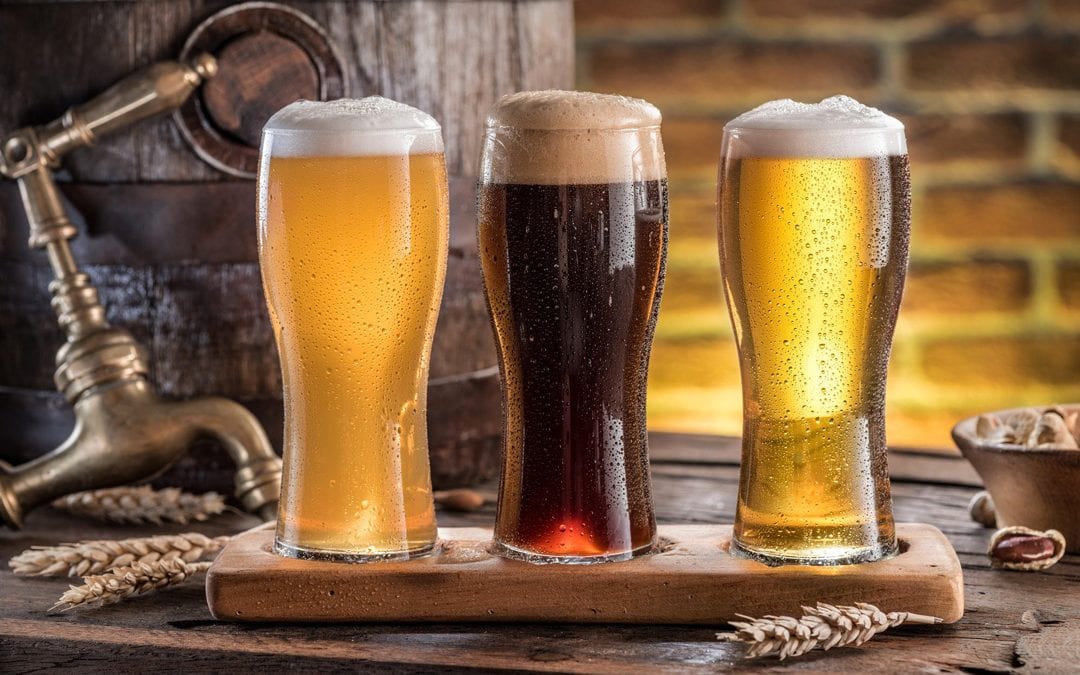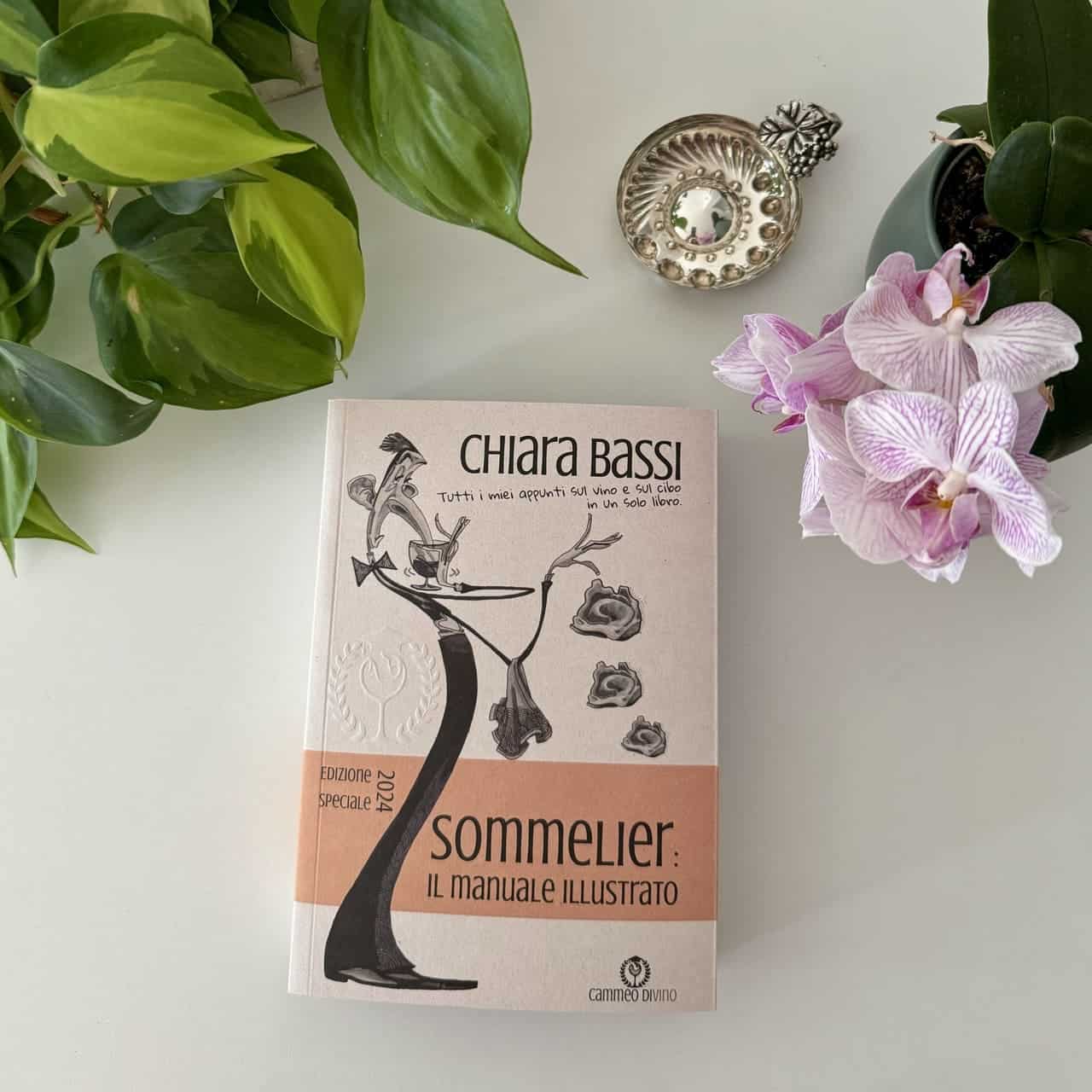Our 'Beer Week 🍺"continues with this first of three articles dedicated to the beer styles and, more specifically, to the bottom-fermenting beers. Commonly and erroneously called lagers, are the most popular beers in the world as they occupy more than 90% of the market, especially in the large-scale retail trade (supermarket). Why wrongly? As we will see in a moment, lagers are the bottom-fermenting beers of Central Europe, very well known all over the world and this has created the misconception that all bottom-fermenting beers are lagers. Not so: there are many other bottom-fermenting styles, they are simply less well known! The word Lager - from the German storage - was chosen to define these beers from Anton Dreher, who in 1840 invented the Dreher Schwechater Lager and put precisely this word on the label. Lager has since become, in the collective imagination, synonymous with the bottom-fermenting style. The history of bottom-fermenting beers is relatively recent because they originated in the early 1800s thanks to the mycologist Emil Christian Hansen who was working in a laboratory in Copenhagen. Here he discovered the yeast Saccharomyces carlsbergensis which is still used in the production of these beers today. However, it can be said that it was Dreher, in combination with the Industrial Revolution that allowed access to more modern brewing systems, that made the fortune of this type of beer. I'll be honest: I've never had one that excited me.
If you have read my previous articles on the beer ingredients and the brewing, you will know that primary fermentation is when all the sugar in the must is transformed into alcohol and carbon dioxide. This process, by the sugar-loving yeasts, can take place at a temperature varying between 10° C and 20° C depending precisely on whether it is low or high fermentation. In fact bottom-fermenting beers' refers to beers in which fermentation takes place at a temperature of approximately 10°C.
The main organoleptic characteristic of this type of beer is a more discreet nose in which the malt - i.e. the starting grain - and hops prevail, as they do not develop secondary aromas - fruity, often citrusy - typical of fermentation at high temperatures.
Beer styles: Bottom-fermented beers
- American Lager = United States - It has a very light colour, a light aroma and a slightly bitter taste. It has an alcohol content of 4-5% and is served at 6°C.
- Bock = Einbeck - It has a golden to dark colour, is structured and malt predominates in its flavour. It has a rather high alcohol content, always above 7%. It is served at 10°C.
- Dortmunder = Dortmund - It is light in colour, medium bitter and full-bodied in taste. It has an alcohol content of 5% and is served at 6°C. It is rarely found.
- Dry = Japan - It has a clear colour and a dry taste. It has a higher alcohol content than 5% and is served at 6°C.
- Export = Germany - It has a light colour and a fairly bitter and full taste. It has an alcohol content of 5% and is served between 6° and 8°C.
- Ice = United States - It has a very very light colour, a barely perceptible light aroma and a smooth taste. It has an alcohol content of 5% and is served at 6°C.
- Lager = Central Europe - It has a light colour, an unremarkable aroma, little structure and low personality. It has an alcohol content of 4-5% and is served at 8°C. A very popular beer in all parts of the world. Lager in German means 'deposit' and gives us information about the long maturation of this type of beer.
- Marzen = Monaco - It has a light amber colour and a good structure. It has an alcohol content always higher than 5% and is served at 8°C. This is the 'March beer' that was historically sold in the city before the summer.
- Munchen = Monaco - It has a dark colour, an intense aroma and a slightly bitter and very roasted taste. It has an alcohol content of 5% and is served at 10°C.
- Pils = Bohemia - It has a clear colour with an abundant, long-lasting foam, a fruity aroma and a dry, hoppy taste. It has an alcohol content of 4-5% and is served at 8°C.
- Rauch = Bamberg - It has a light amber colour and a smoky smell that is also well reflected in the taste. It has an alcohol content of 5% and is served at 10°C. It is brewed with malt dried over a direct fire.
- Schank = Germany - It has a clear colour and a mild taste. It has a very low alcohol content, always less than 3%. It is served chilled.
- Schwarz = Germany - It has a very dark colour and a decidedly bitter taste. It has an alcohol content of 5% and is served at 8°C.
- Vienna = Vienna - It has a dark amber colour, a caramel aroma and a smooth taste. It has an alcohol content of 5% and is served at 12°C.
- Zwickel = Germany - It comes in all shades, from the lightest to the darkest. It is unfiltered. It has an alcohol content of 5% and is served at 8°C.
As you can see, bottom-fermenting beers are very different. On average - with the exception of the Bock beers - they share a rather low alcohol content. Are there any of these beers that you know and like to drink? Scroll down the page and tell me in a comment!
Cheers 🍻
Chiara
P.S. If you like beer, I recommend you also read these articles:


